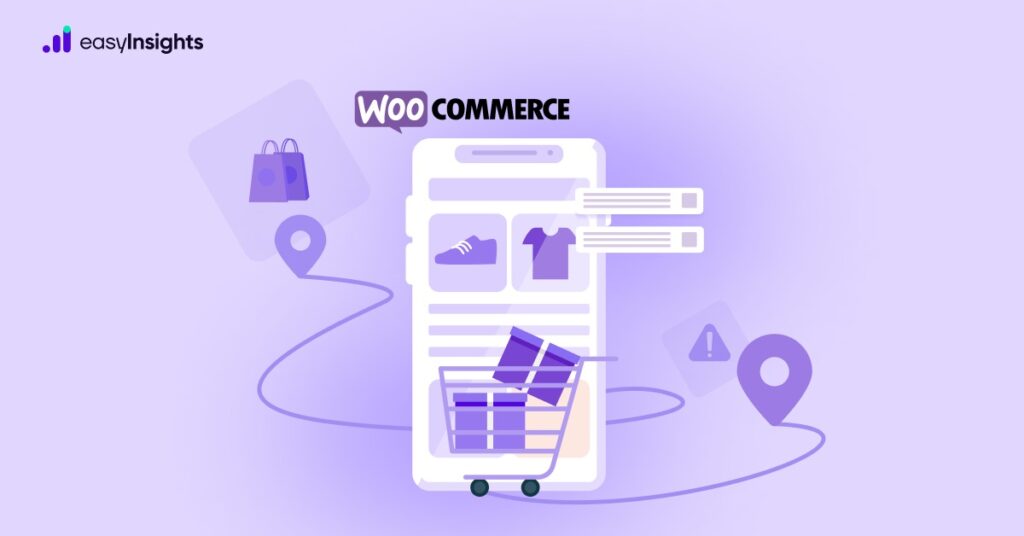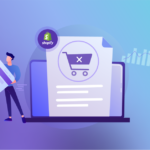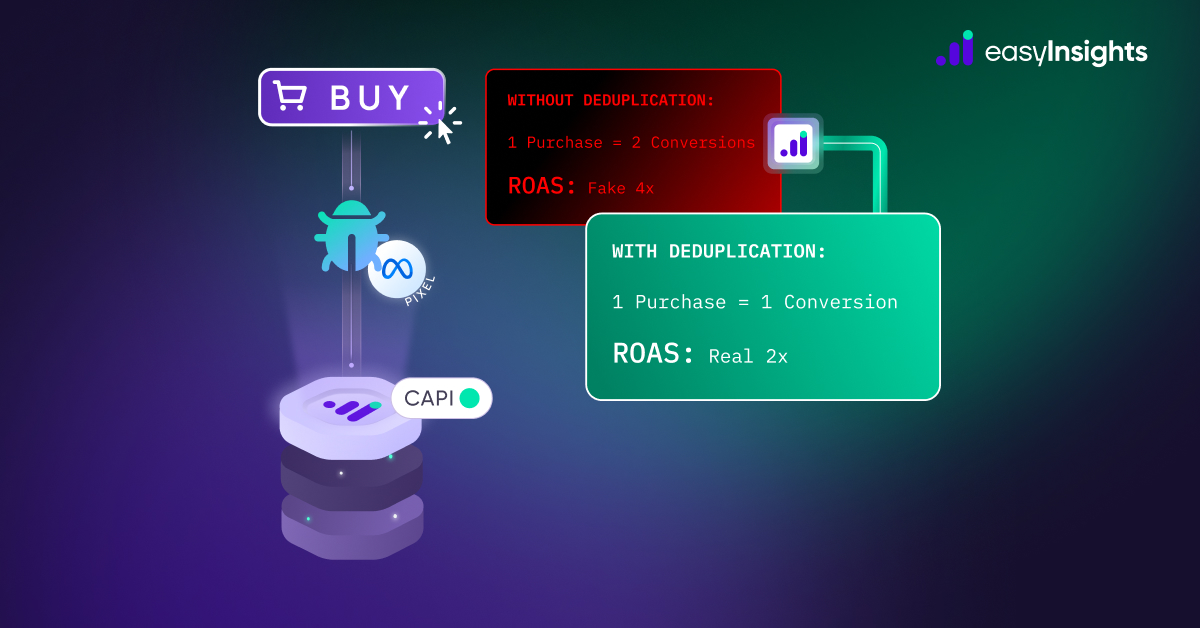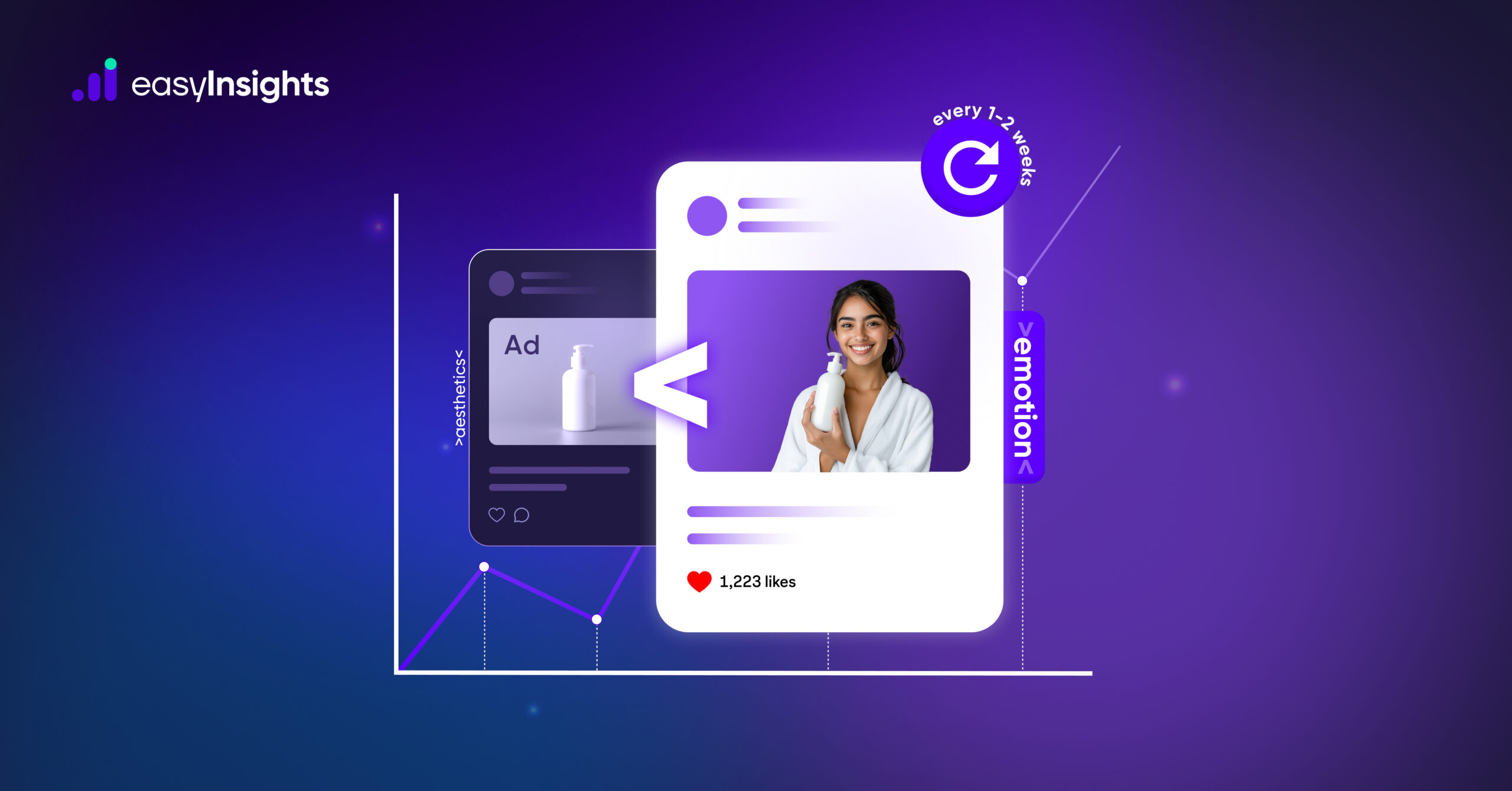
WooCommerce is a popular tool that helps people create and run their own online stores. It’s easy to use, highly customizable and comes with a variety of plugins to add extra features. That’s why many individuals and brands choose to sell their products or services online. However, even though WooCommerce is user-friendly, users sometimes run into issues while using the platform. Like any other online selling platform, WooCommerce has its own set of challenges. It’s normal for brand owners to run into issues now and then.
The good news? Most WooCommerce issues have straightforward solutions. By understanding the common problems and knowing how to fix them, you can keep your store running smoothly and focus on growing your brand.
In this guide, we’ll dive into the most frequent WooCommerce challenges and provide practical, easy-to-implement solutions to help you tackle them.
Jump ahead to:
What is WooCommerce
WooCommerce is a free, open-source WordPress plugin that enables businesses to create fully customizable online stores with ease. In today’s competitive eCommerce landscape, it stands out for its user-friendliness, flexibility, and scalability – allowing store owners to sell physical or digital products, accept various payment methods, manage shipping and taxes, and integrate with thousands of plugins. With no monthly fees and full control over data and design, WooCommerce has become the platform of choice for millions of merchants worldwide.
Why Resolving WooCommerce Issues is Essential for Your E-Commerce Brand
Running a WooCommerce store offers flexibility and control, but it also comes with technical challenges that, if left unresolved, can hurt your sales, frustrate customers, and damage your brand reputation. In today’s fast-paced online marketplace, a seamless, error-free shopping experience isn’t a luxury it’s a necessity.
Happy Customers Drive More Sales
User experience directly impacts conversion rates. If your WooCommerce store is slow, has broken links, or a confusing checkout process, visitors are likely to abandon their carts and leave. By resolving these issues, you create a smooth, frustration-free shopping experience that keeps customers engaged and encourages repeat purchases.
Key WooCommerce issues to fix:
- Slow page loading
- Broken product or checkout links
- Unresponsive mobile layouts
- Checkout process errors
Don’t Lose Sales Due to Technical Glitches
Imagine a customer ready to buy – but the payment gateway fails or the page takes too long to load. These common WooCommerce issues often lead to cart abandonment and lost revenue. By identifying and fixing such glitches early, you reduce friction in the buyer journey and ensure customers can complete their purchases smoothly.
Common problems that impact conversions:
- Non-functional payment gateways
- Delayed loading during checkout
- Plugin conflicts causing order failures
Protect and Strengthen Your Brand Reputation
A buggy website sends the wrong message to your customers. Frequent issues like broken pages, plugin errors, or slow performance signal poor reliability. In the age of online reviews, one negative experience can spread fast. By promptly addressing WooCommerce problems, you demonstrate professionalism and build lasting trust with your audience.
Improve SEO Rankings with a Healthy Site
Search engines prioritize fast, well-optimized websites. WooCommerce stores that suffer from performance issues, broken links, or bloated plugins can be penalized in search rankings. Regularly fixing these problems improves your site’s health score, boosts user engagement metrics, and helps you rank higher in Google.
SEO-enhancing WooCommerce fixes include:
- Optimizing images for speed
- Cleaning up unused or outdated plugins
- Fixing 404 errors and broken links
- Improving mobile responsiveness
Keep Your WooCommerce Store Secure
Outdated plugins, themes, or misconfigured settings can create serious security vulnerabilities. Cyberattacks can lead to data breaches, loss of customer trust, and even legal consequences. Keeping your WooCommerce store updated and resolving technical issues promptly helps protect your business and your customers.
Security best practices:
- Regular updates of WordPress, WooCommerce, and plugins
- SSL implementation
- Security plugin integration (e.g., Wordfence or Sucuri)
- Secure hosting setup
Boost Store Performance & Scalability
Performance optimization goes beyond fixing bugs – it ensures your store can grow. Addressing slow database queries, large image files, or poor caching can drastically improve load times and overall user experience. A fast, reliable store not only improves conversions but also prepares you for handling higher traffic volumes during sales or seasonal spikes.
Data Privacy and Security: Why It Matters
If you run an eCommerce business, you deal with your customer’s private information every day. From names and emails to payment details, this data must be kept safe. A data breach or cyber-attack can harm your WooCommerce store, causing financial losses and damaging your reputation. Keeping your website secure is not just important, it’s necessary!
Did you know? Between March 2021 and February 2022, about 42 million records were compromised due to data breaches. In 2022, the average cost of a data breach was $4.35 million. This is why data privacy and security should be your top priority. (source)
Common Security Risks
Running a WooCommerce store comes with risks. Here are some common security issues you might face:
- Malware: This harmful software can infect your website, steal data, and slow down performance.
- Hacking: Cybercriminals might try to break into your database and access sensitive information.
- Phishing Attacks: Scammers create fake emails or pages to trick customers into sharing their login details.
Keeping your WooCommerce store secure protects both you and your customers. By following these simple steps, you can avoid errors, security issues, and problems that could hurt your brand.
How to Protect Your WooCommerce Store
Here are some practical solutions:
1. Keep Everything Updated
Outdated software is a hacker’s best friend. Make sure your WooCommerce platform, plugins, and themes are always up to date. Updates often include security patches that fix vulnerabilities.
2. Use Strong Passwords and Two-Factor Authentication (2FA)
Weak passwords are easy for hackers to guess. Use strong, unique passwords for your admin accounts and enable two-factor authentication. With 2FA, even if someone gets your password, they’ll need a second form of verification (like a code sent to your phone) to access your account.
3. Secure Your Hosting and Use SSL
Your hosting provider plays a big role in your store’s security. Choose a reliable host that offers strong security features. Also, install an SSL certificate to encrypt data between your store and your customers’ browsers. This ensures that sensitive information, like credit card details, is safe from prying eyes.
4. Back Up Your Data Regularly
Backups are like a safety net for your store. If something goes wrong like a hacker attack or a server crash, you can restore your site to its previous state. Use a backup plugin to automatically save your store’s data regularly.
5. Install Security Plugins
There are plenty of security plugins designed specifically for WooCommerce. These block suspicious activity, and add extra layers of protection.
Security might not be the most exciting part of running an online store, but it’s one of the most important. By taking steps to protect your WooCommerce store, you’re not just.
Customer Support and Payment Issues in WooCommerce Stores
Running a WooCommerce store comes with customer service challenges that can impact user satisfaction and sales. Here are some of the most common issues:
- Slow Response Time: Customers want quick answers to their questions. If support takes too long to respond, they may get frustrated and leave.
- Unhelpful Answers: A fast response is not enough if the answer doesn’t solve the problem. Vague or irrelevant responses can lead to dissatisfied customers.
- Limited Support Resources: If customers need help outside business hours and there are no guides or FAQs available, they might struggle to find solutions.
How to Improve Customer Support
To enhance customer service and ensure customers get the help they need, consider these simple solutions:
- Live Chat & Chatbots: Live chat connects customers to a real person instantly, while chatbots provide automated responses 24/7, helping with common questions.
- Use a CRM System: A CRM tool stores customer details and previous interactions, making it easier to provide personalized support.
- Create Self-Help Resources: FAQs, how-to guides, and video tutorials can help customers find answers on their own without waiting for support.
Managing Payments in WooCommerce
A seamless payment experience is crucial for building customer trust and ensuring smooth transactions. If payments fail, customers may abandon their purchase, leading to lost sales. WooCommerce stores often experience these payment-related problems:
- Payment Gateway Errors: Issues with the payment system, such as incorrect settings or server downtime, can prevent transactions from going through.
- Fraudulent Transactions: Unauthorized purchases using stolen credit cards can lead to financial losses and disputes.
- Declined Transactions: Even when a customer has enough funds, their bank may reject the payment, causing frustration.
- Slow Payment Processing: Delays in transactions due to high traffic or technical issues can lead to order cancellations.
- Limited Payment Options: If a store only offers one payment method, such as credit cards, customers who prefer digital wallets may leave without buying.
- Offer Multiple Payment Methods: Give customers the option to pay using different methods like credit/debit cards, Apple Pay, or Google Pay.
By addressing these common WooCommerce store challenges, you can improve customer satisfaction, streamline payments, and boost sales.
Plugin & Theme Issues in WooCommerce store
Plugins and themes help customize your WooCommerce website, but sometimes they don’t work well together, causing issues. Identifying and fixing these problems ensures your eCommerce store runs smoothly.
- Compatibility Problems: Some plugins or themes conflict with each other, leading to errors that disrupt your site.
- Slow Performance: Heavy or poorly coded plugins can slow down your store, affecting customer experience.
- Outdated Software: Old WordPress themes, WooCommerce plugins, or outdated PHP versions can create security risks, making your website vulnerable to attacks.
How to Fix:
- Deactivate All Plugins: Turn off all plugins and check if the problem disappears. If it does, a plugin is likely the cause.
- Reactivate Plugins One by One: Turn them back on, one at a time, to find which one is causing the issue.
- Switch to a Default Theme: If disabling plugins doesn’t fix the issue, try changing to a basic WordPress theme like Twenty Twenty-One. If the problem disappears, your previous theme may be the cause.
By regularly updating your WooCommerce store, monitoring server performance, and ensuring your database and cache are optimized, you can prevent many common issues. Keeping your site running smoothly improves the shopping experience and helps maintain customer trust.
Conclusion
Managing a WooCommerce store comes with its fair share of challenges, from payment failures and security risks to plugin conflicts and checkout issues. If left unchecked, these problems can impact sales, customer trust, and overall store performance.
Fortunately, most of these issues have simple fixes. By keeping your store updated, optimizing performance, securing transactions, and streamlining the checkout process, you can ensure a smooth shopping experience that drives conversions.
EasyInsights plays a crucial role in this process by ensuring accurate event tracking, optimizing data analytics, and improving ROAS. With precise insights, you can make data-driven decisions to enhance customer experience and boost conversions.








